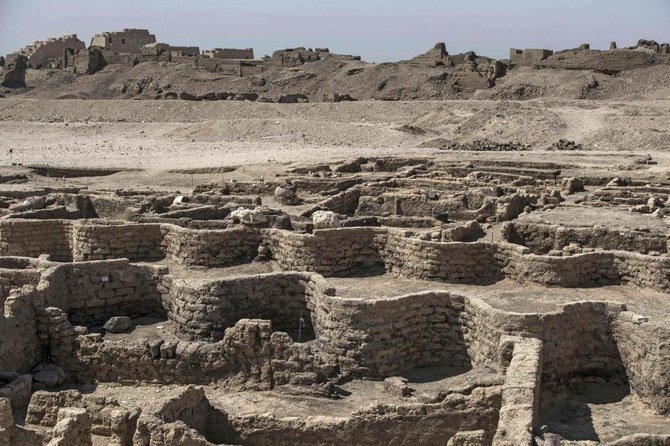History & Heritage
4.13.2021
Egypt: Did Zahi Hawass discover El Dorado?

Earlier this week, famous archaeologist and Egyptologist Zahi Hawass announced to the whole world a discovery out of the common: that of the “lost golden city”, a 3 000 years old city, nicknamed The Rise of Aten and dating from the reign of Amenhotep III. Return on this extraordinary Egyptian heritage.
It’s still only part of the city that archaeologists uncovered this week, a legacy from the Pharaonic Golden Age of 3,000 years ago. “We have only found a part of the city. But the city extends to the west and north” said Hawass, before a press conference in this region rich in archaeological sites. This extraordinary discovery, which contributes to the construction of Egyptian history, is the second most important since the tomb of Tutankhamen nearly a century ago, reports Betsy Bryan, professor of Egyptian art and archaeology at Johns Hopkins University.

While some researchers believe that the area had already been excavated more than a century ago by a team from the Metropolitan Museum in New York, Egyptian excavation teams actually began their search last September between the temples of Ramses III and Amenhotep III near Luxor, 500 kilometers south of Cairo.
Thanks to multiple collaborations, jewelry was uncovered, but also containers made of colored pottery, scarab-shaped amulets or clay bricks bearing seals of Amenhotep III.
“This is not just a city – we can also see extraordinary economic activity there” Mostafa Waziri, head of the country’s Supreme Council of Antiquities, said Saturday.
Historically, Amenhotep III, during his reign, inherited an empire that stretched from the Euphrates River in modern Iraq and Syria to the Sudan. He died around 1354 BC and ruled for nearly four decades. Known for his opulence and the grandeur of his monuments, he is best remembered for the Colossi of Memnon – two massive stone statues near Luxor that represent him and his wife.

Egypt and the world are eagerly awaiting the update of the second part of the city!
popular

